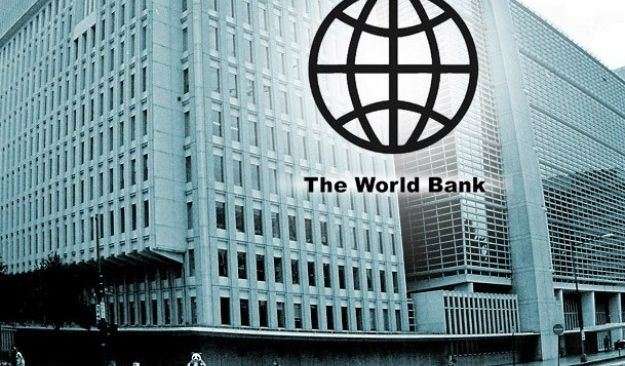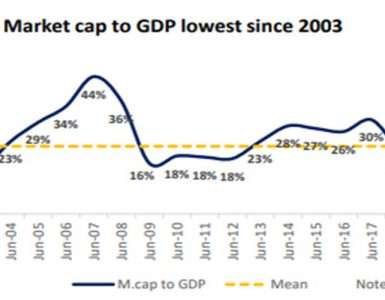Car penetration is 30 percent lower in Pakistan as compared to India due to higher prices resulting from less competition and lower productivity, said the World Bank (WB).
The World Bank in its recent industry case study said, “Unfortunately, most of the automotive industry in South Asia does not achieve these levels of manufacturing excellence. Firm size, export orientation and share of foreign ownership are positively associated with productivity in both India and Pakistan. With a few exceptions, firms in India and Pakistan are not demonstrating sufficient and quick uptake of design capabilities.”
In most cases, specifications are provided by customers and the execution is done by the local firms based on build to print plans provided by the original equipment manufacturer (OEM) contributed to attract foreign OEMs, but now these protections are reducing their incentives to export and slow down the diffusion of good practices, added the WB.
The situation is worse in Pakistan, where only three OEMs – Indus Motor Company, “Pakistan Suzuki Manufacturing Company and the Honda Atlas Motors – compete domestically behind even higher import tariffs, which are 76 percent against 60 percent in India.”
The bank stated that obsolete safety and environmental standards have had also shielded the South Asian automotive industries from global good practices and had reduced the incentives on firms to invest and export. “Euro I, introduced in the EU in 1983, came to India in 1996. While Euro II was introduced in the EU in 1997, it was only applied throughout India by 2005. Europe has now moved to Euro VI while India has adopted Euro IV in the major cities and Euro III across the country. However, Pakistan has not yet adopted Euro II norms.”
Policies such as high import tariffs on completely built units (CBUs) of passenger cars, which helped attract markets seeking OEMs, in the 1990s and 2000s are slowing down the spread of world-class managerial good practices. The situation is worse in Pakistan than India because only a few OEMs are “competing” behind even higher import tariffs on both CBUs and auto parts.
It said the automotive sector, including the auto parts industry, was a key contributor to jobs and economic growth in India and Pakistan with significant domestic growth potential. “Around 19 and 2.5 million are directly and indirectly employed in the Indian and Pakistan auto industry, respectively.”
“There is much scope for further growth with rising income. At around 20 cars per 1,000 inhabitants, the penetration rate in India is at one-sixth the Chinese level, which itself is at one-sixth the US level.” Pakistan did not feature in the top 40 exporters in 2014, it added










Add comment